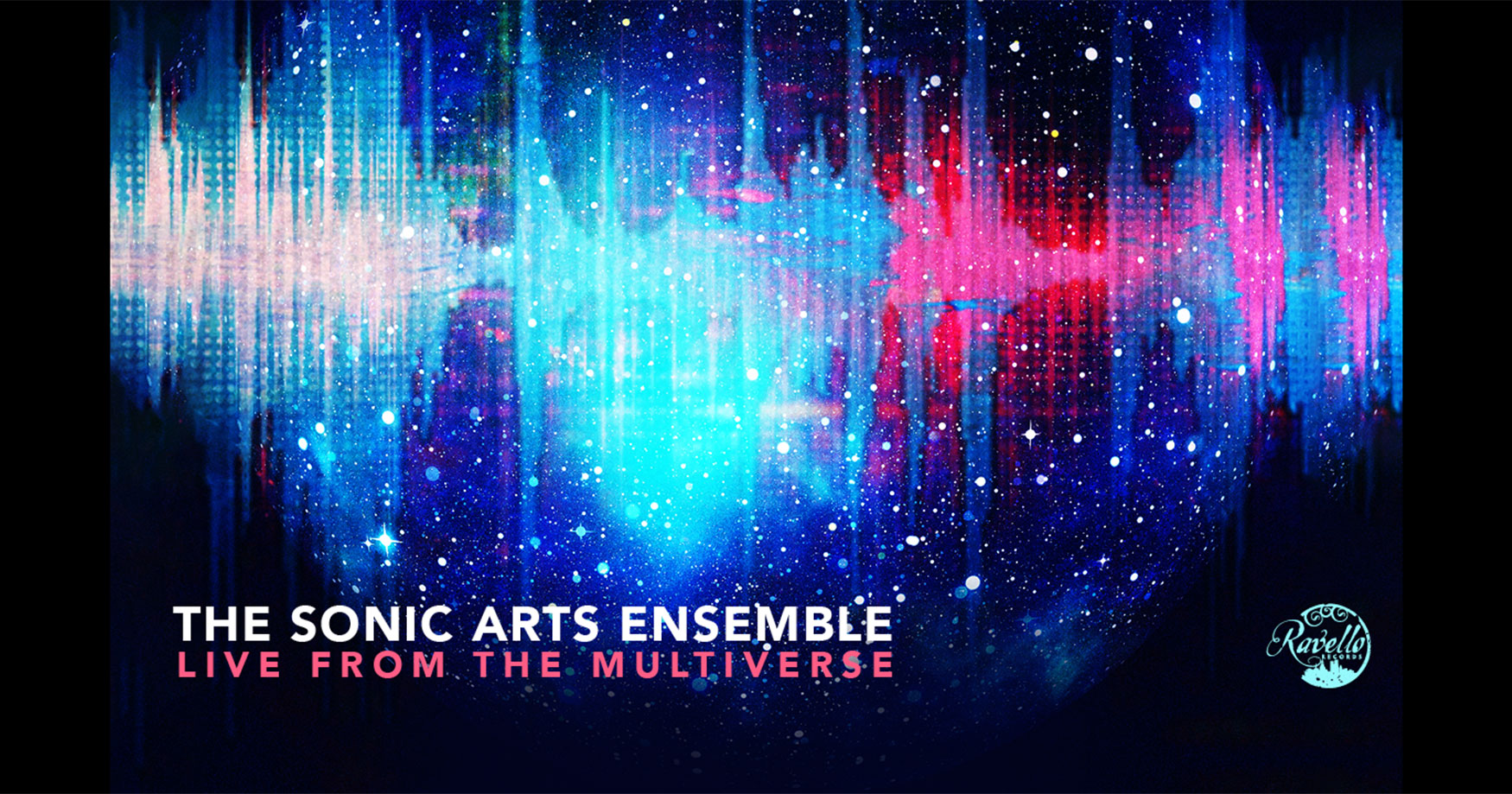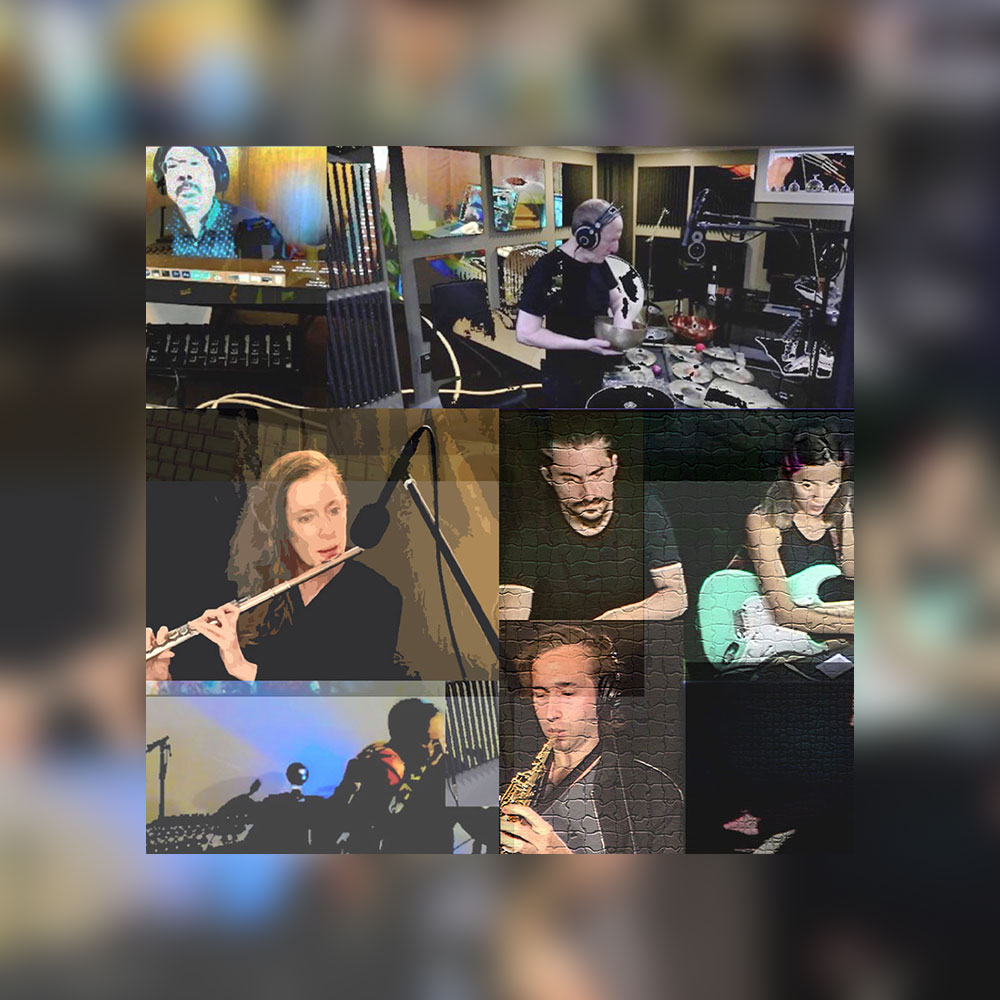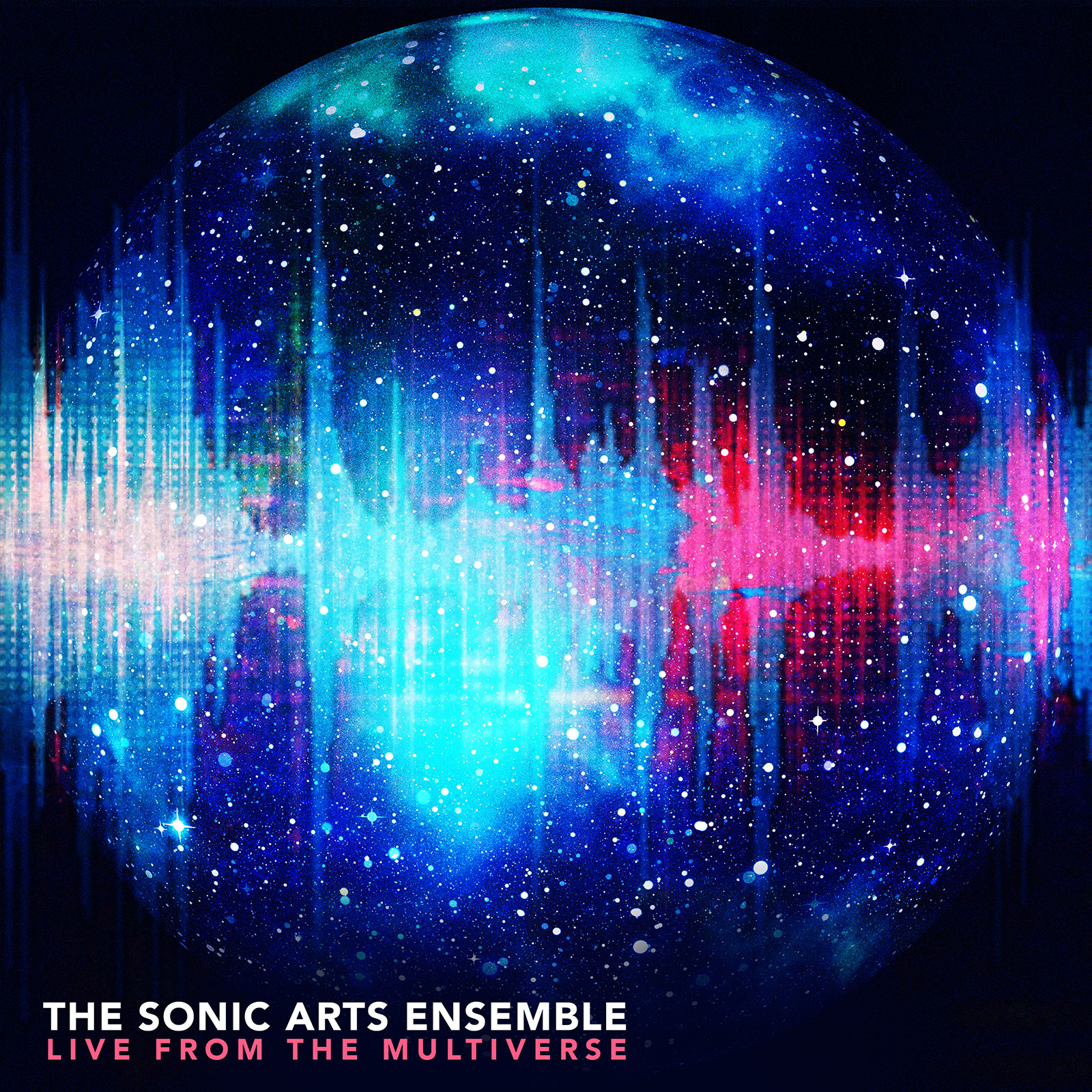
On LIVE FROM THE MULTIVERSE, musicians from three different continents connect through the internet on low latency, high quality audio networks to perform repertoire ranging from composed, notated scores to freely structured pieces born from masterfully executed ensemble improvisation. With the utilization of extended techniques, singing bowls, and imaginative sound design, The Sonic Arts Ensemble develops and thrives in an enticing and innovative soundscape.
Today, Ann Stimson and Marc Ainger are our featured artists on “The Inside Story,” a blog series exploring the inner workings and personalities of our composers and performers. Read on to learn about each of their favorite moments on the album, and why Marc believes music is often meant as a means of discovery…
Who was your first favorite artist(s) growing up?
Ann: My family had a large collection of Arthur Rubinstein records. I loved Chopin and Debussy and I also loved the sounds of the cracks and pops in the vinyl that supported the waves of sound.
What was your most unusual performance?
Marc: Not so unusual, perhaps, but memorable — I took part in a performance of Karlheinz Stockhausen’s Sternklang as part of the Summer Olympics Art Festival in Los Angeles. The piece takes an entire outdoor park, which we occupied for two weeks. There are five stages, each a football field away from each other, and coordination takes place with a central percussionist and runners who bring musical materials from stage to stage. It takes place at night in a park in the summer. It was great fun (certainly a lot of work!), a once in a lifetime experience.
If you could instantly have expertise performing one instrument, what instrument would that be?
Marc: Voice
Ann: Something low and gritty like the baritone sax or electric bass. I’d like to experience that other side of the pitch space.
What was your favorite musical moment on the album?
Marc: Into the Multiverse – at 1:43, the saxophone plays one of my favorite lines, and the performance is remarkable. The sound mass in Octet/Sextet is a favorite of mine. And the group opening of Quintet/Trio (esp starting around :20), is also a favorite. The ensemble interplay in Two Worlds. Every piece on the album invokes its own world.
Ann: My favorite moment of the album is in the center of Octet/Sextet. The density of texture here achieves a richness and logic that rivals a fine orchestral score. You can allow your focus to follow any number of sonic trails. I also love the development of the falling perfect fourth in Rising Tide of Light. It’s a cohesive use of the trichord (016) throughout.
What does this album mean to you personally?
Ann: The album is a record of a specific time and place(s), and will always evoke this for me. There is a spirit of communal exploration and discovery on the album.
Is there a specific feeling that you would like communicated to audiences in this work?
Marc: I think that music and sound can evoke all sorts of things (feeling, touch, thought, memory, community, etc). Often, music is expressive, but sometimes it is meant as a means of discovery, and in fact there are many ways to regard music. I think we are often too invested in the idea that music and sound must communicate feelings above all else. This reduces music and sound to a one dimensional thing, when it can be multi-dimensional and rich in meaning. This album hopes to communicate the possibilities of the multi-dimensionality and richness of music, sound, and life (a multiverse).

The Sonic Arts Ensemble, founded by Marc Ainger and Ann Stimson (with Federico Cámara Halac as occasional co-director for this recording), is interested in sound and music as a multi-modal, embodied phenomenon. Their repertoire ranges from composed, notated scores to freely-structured co-improvisations. During the pandemic, the ensemble became a truly international group, leveraging the online environment to contribute to the emergent medium of networked performance, with members and guests joining together from the United States, Argentina, and Austria. Using software such as Jacktrip (Chris Chafe et al), and the elegantly titled Netty McNetFace (Puckette), the ensemble created audio networks using low-latency, high quality, uncompressed audio, facilitating real-time collaboration over “a long, thin wire” (hat tip to composer Alvin Lucier). The tracks here represent the ensemble’s live performances across the internet during this time.

